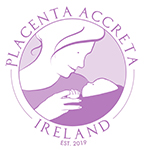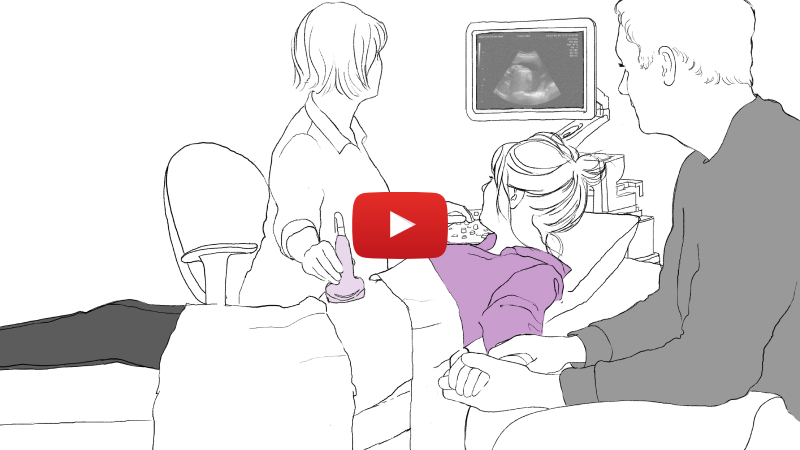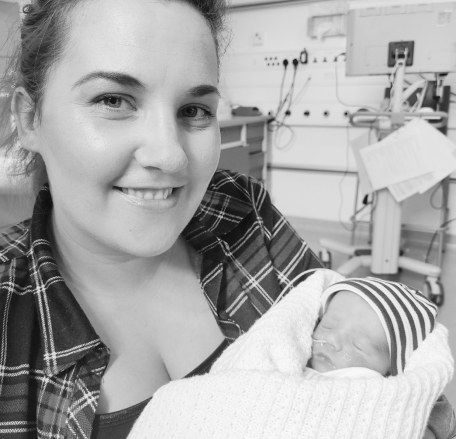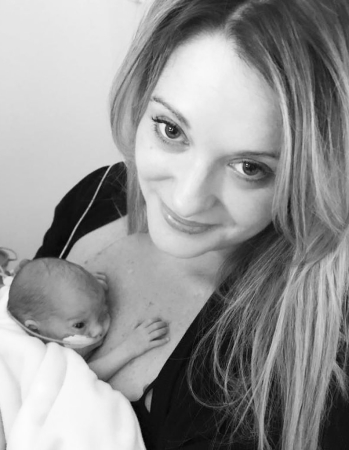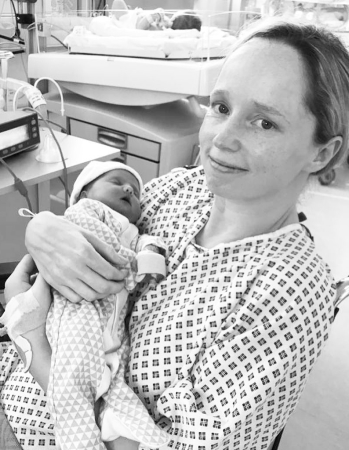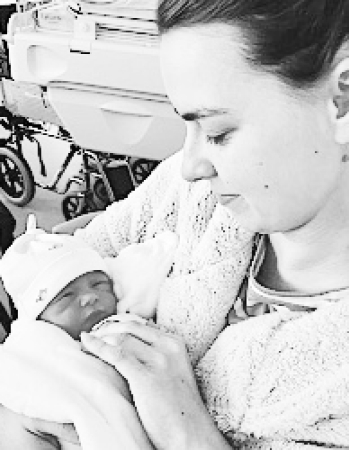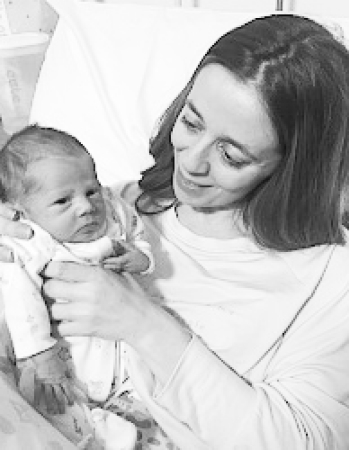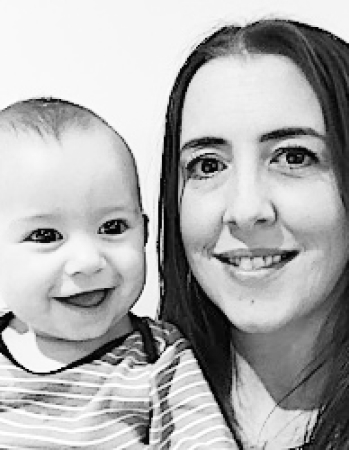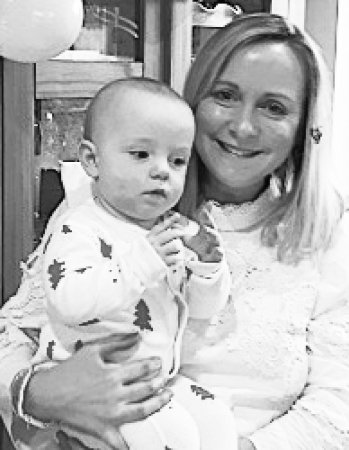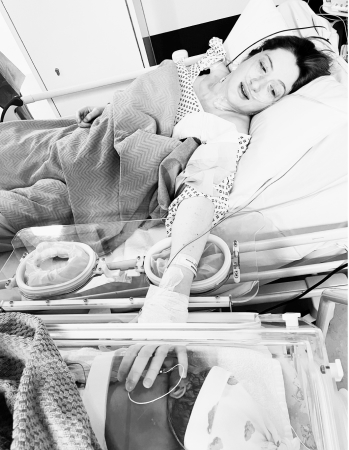Advocacy, Research,
Education, Support.
Placenta Accreta Ireland is an Advocacy and Support group for mums and families impacted by Placenta Accreta Spectrum
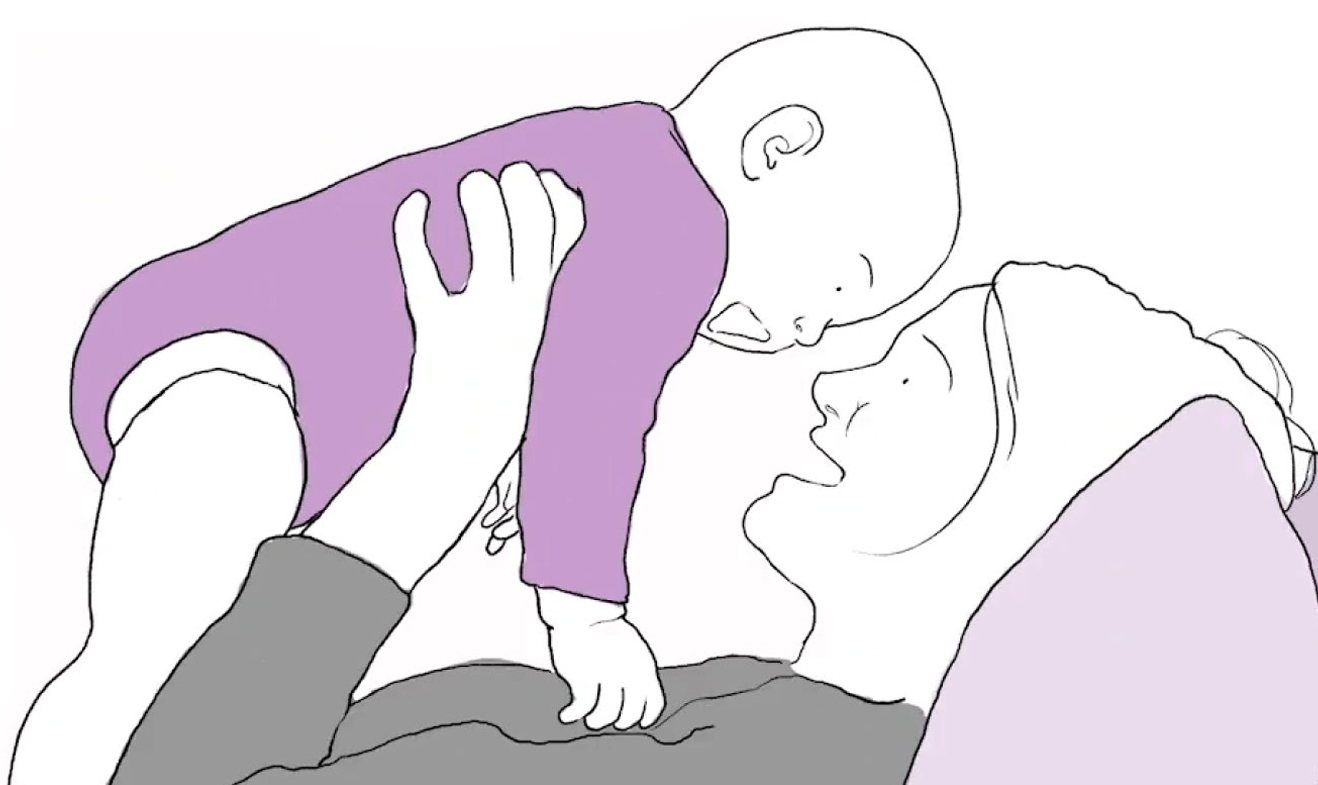
What is Placenta
Accreta Spectrum?
“Placenta accreta spectrum” covers a range of clinical conditions where the placenta is imbedded too deeply into the lining of the womb. The placenta is a temporary organ that connects the unborn baby to the wall of the womb through the umbilical cord. The placenta gives oxygen and nutrients to the baby during pregnancy. Usually, the placenta will separate from the lining of the womb after the baby is born. In cases of placenta accreta spectrum, the placenta is deeply attached to the lining of the womb and does not separate after the birth. The condition is a rare complication of pregnancy.
How is PAS diagnosed?
Placenta accreta spectrum is suspected during pregnancy on an ultrasound scan. Ultrasound signs of placenta accreta spectrum are looked for by a specialist doctor or sonographer, usually in women who have risk factors.
Who is at risk of developing PAS?
Women are at risk of developing PAS if they have had previous surgery to the womb. This is most commonly a caesarean birth. The risk is highest when women have had a caesarean birth in the past and have placenta previa (low lying placenta). 9 out of 10 women with PAS will have both a history of a caesarean birth and placenta previa.
Patient Stories
Frequently asked questions
No, placenta previa is not part of placenta accreta spectrum. In placenta previa, the placenta is low lying in the womb and covers the cervix. In placenta previa the placenta is normally attached to the lining of the womb and will separate naturally following delivery of the baby. The term “previa” refers only to the location of the placenta inside the womb and there is no attachment of the placenta into the womb. However, most women who have placenta accreta spectrum also have placenta previa (approximately 9 in 10 women).
Not all cases of PAS will be diagnosed during pregnancy. For some women, the diagnosis is only made either at the time of caesarean section or following a vaginal delivery, when the placenta does not separate from the lining of the womb.
Where a diagnosis of placenta accreta spectrum has been made, delivery of the baby will be by caesarean section.
In most cases, the baby will be delivered a number of weeks before the due date. Usually the birth is planned for between 34-36 weeks. In some cases, where a diagnosis of placenta accreta spectrum is made very early in the pregnancy, a plan for the birth before 30 weeks may be necessary. Approximately 80% of patients will have an elective (planned) delivery if a pre-term birth is planned. In some cases, an emergency birth is necessary. This occurs in approximately 20% of patients. The most common reason for an emergency delivery is if you start bleeding or going into labour before your scheduled delivery date.
A planned plan is safer for mother and baby as it reduces the risk of bleeding and experiencing complications.
Some women will be advised to stay in hospital for close observation and monitoring. This most commonly happens where there has been bleeding in the pregnancy.
There is currently no evidence to recommend that bed rest is necessary. Any advice to reduce from normal activities will be discussed on an individual case basis with the team providing care. Sexual intercourse can cause bleeding from the placenta and is not recommended once a diagnosis of placenta accreta spectrum has been made.
The options for pain relief include either a spinal anaesthetic or a full anaesthetic.
Spinal: an injection is given into the lower back which numbs the nerves from the waist down. This is similar to a routine caesarean section, and women will be awake to witness the birth of their baby. A chosen support partner can also be there at the time of the birth. Most women with placenta accreta will be given a combined spinal-epidural, as described above.
General anaesthetic: during a full anaesthetic the person is fully asleep for both the birth and any other surgery being done, such as a hysterectomy.
Arterial line: before the surgery is started, an arterial line will be placed in the woman’s wrist, as well as a number of other drips in the arm.
Central line: A central line is a long, thin, flexible tube placed in the neck through which medicines, fluids, or blood products can be given as well as blood tests taken. A central line may stay in for number of days, if required, and avoids the need to repeatedly use new needles to give medication and take blood tests.
Urinary Catheter: A tube will be placed in the bladder before surgery is started. This usually stays in until the woman is able to walk comfortably, however where a balder injury has occurred the catheter will need to stay for a number of days.
